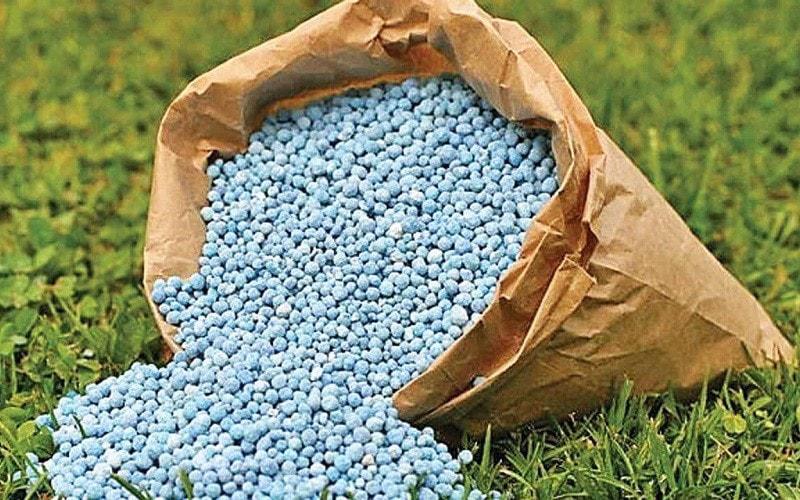
Illustrative photo.
On the afternoon of November 26, with a majority of votes in favor, the National Assembly passed the amended Law on Value Added Tax (VAT), which will impose a 5% tax on fertilizers. Chairman of the National Assembly’s Finance and Budget Committee Le Quang Manh previously presented a report explaining, accepting, and revising this bill.
Mr. Manh said that many opinions agreed with the proposal to impose a 5% tax rate on fertilizers. Some opinions suggested keeping it as the current regulations; some suggested applying a tax rate of 0%, 1%, or 2%. Some opinions suggested a comprehensive assessment of the impact of this regulation on farmers and agricultural and aquatic production. There are concerns about the possibility of businesses taking advantage of policies, raising prices, affecting farmers…
Regarding the proposal to apply a 0% VAT rate (or 1%, 2%). If fertilizers are subject to a 0% tax rate, it will ensure benefits for both domestic fertilizer producers and importers because they will be refunded the input VAT paid and will not have to pay output VAT.
However, in this case, the State will have to spend money every year to refund taxes to businesses. In addition to the inconvenience to the State Budget, applying a 0% tax rate to fertilizers is contrary to the principles and practices of VAT, which is that a 0% tax rate only applies to exported goods and services, not to domestic consumption.
Applying it in this direction will break the neutrality of tax policy, create a bad precedent and be unfair to other manufacturing industries. According to the explanation of the drafting agency, the regulation of an additional tax rate of 2% will require restructuring the Law on Value Added Tax such as designing a separate clause on tax rates, adding regulations on VAT refunds for this case. The regulation of a tax rate of 1% or 2% for fertilizers is also not consistent with the goal of VAT reform, which is to reduce the number of tax rates, not increase the number of tax rates compared to the current regulations as explained to the National Assembly deputies.
Based on the opinions of the National Assembly deputies, in Report No. 1035/BC-UBTVQH15 dated October 28, 2024, the National Assembly Standing Committee explained and reported on the impact on the transfer of fertilizers from non-taxable to 5% taxable. The Government also issued Official Dispatch No. 692/CP-PL to supplement the explanation and provide specific supporting data.
To properly reflect the National Assembly’s viewpoint in handling the above issue, on November 26, 2024, the Secretary General of the National Assembly sent a request for opinions from National Assembly Deputies on 02 options, one is to apply a tax rate of 5%, the other is to maintain the current regulations.
Through synthesizing opinions, it shows that 72.67% of the total number of National Assembly Deputies agreed with the proposal of the National Assembly Standing Committee and the Government in the direction of regulating a tax rate of 5% for fertilizers, machinery, specialized equipment for agricultural production, and fishing vessels. This content is shown in Clause 2, Article 9 of the draft Law.
According to vneconomy
